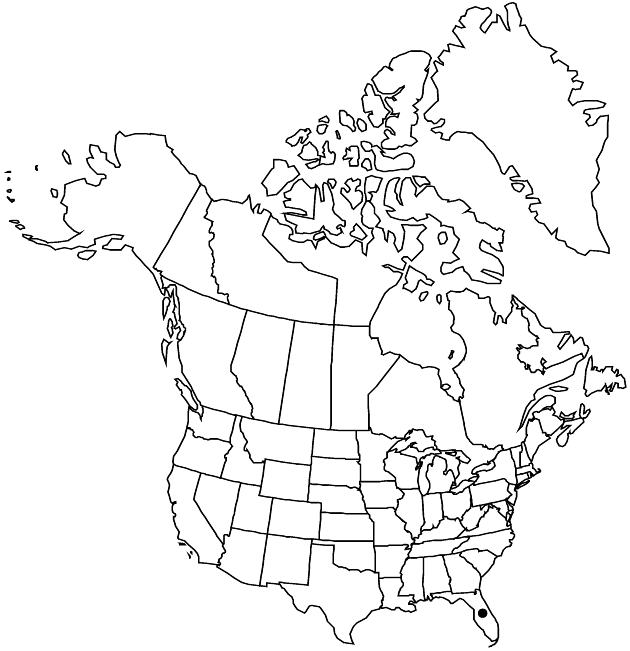Berlandiera ×humilis
Fl. S.E. U.S., 1246, 1340. 1903.
Plants 10–30 cm. Stems (erect) usually branched. Leaves crowded near stem bases; petiolate; blades usually lyrate, sometimes pinnatifid, slightly chartaceous, ultimate margins entire, faces sparsely hirsute (at least adaxial). Heads in corymbiform arrays. Peduncles hairy (hairs relatively fine and usually mixed with shorter, stouter hairs). Involucres 16–22 mm diam. Ray corollas yellow to orange-yellow, abaxial veins green, laminae 12–17 × 5.5–7.8 mm. Disc corollas red to maroon. Cypselae (obovate) 5–6 × 3–4.5 mm. 2n = 30.
Phenology: Flowering Mar–Jun(–Dec).
Habitat: Sandy pine flats, openings
Elevation: 20–100 m
Discussion
Berlandiera ×humilis is a hybrid of B. pumila and B. subacaulis. Specimens from Alabama, Georgia, and South Carolina have some leaf-blade bases with 1+ lobes, evidence of introgression with B. pumila.
Selected References
None.
